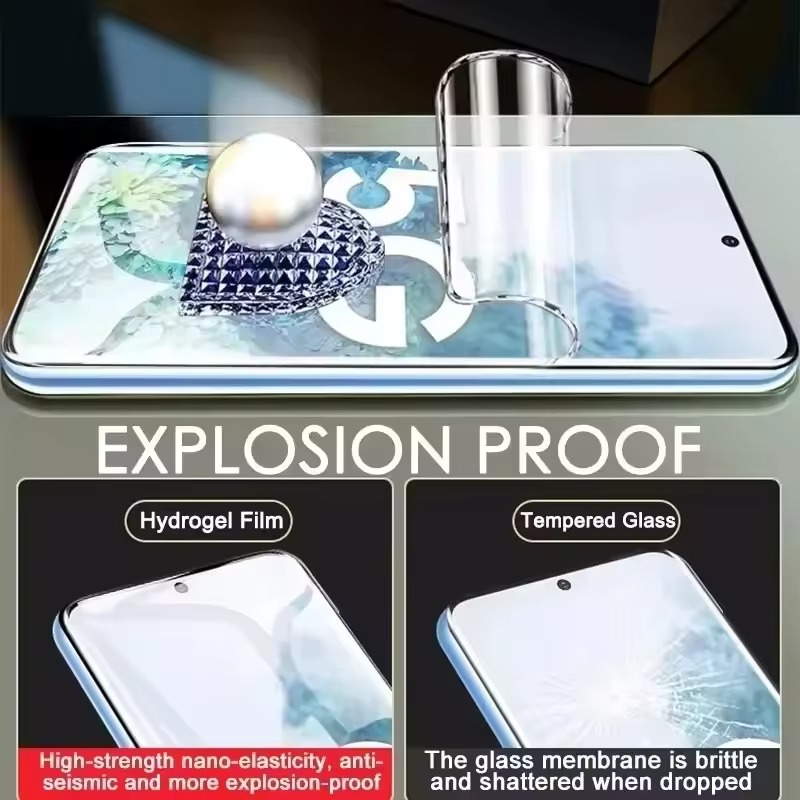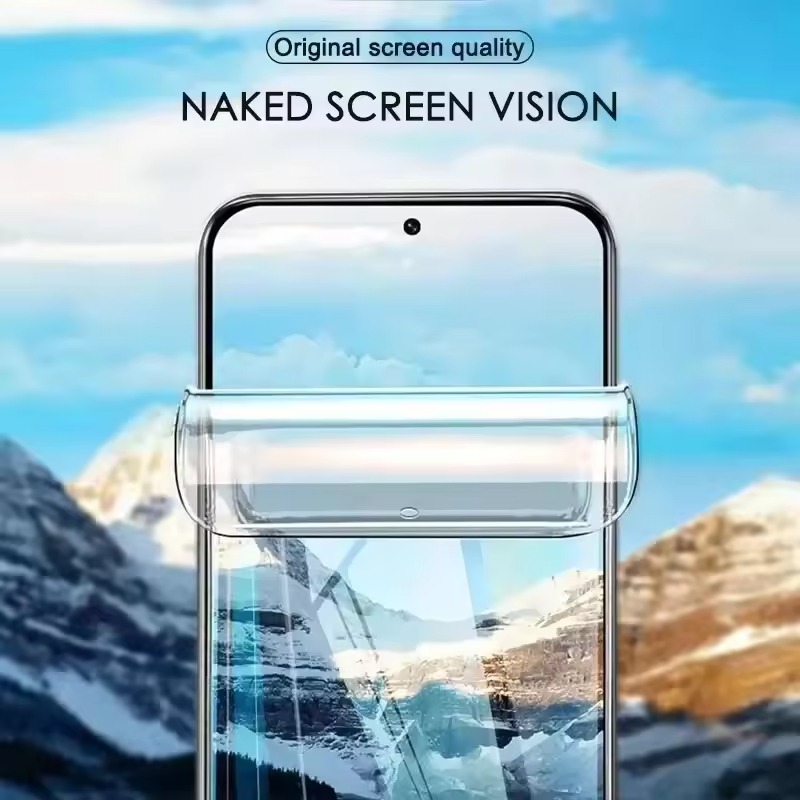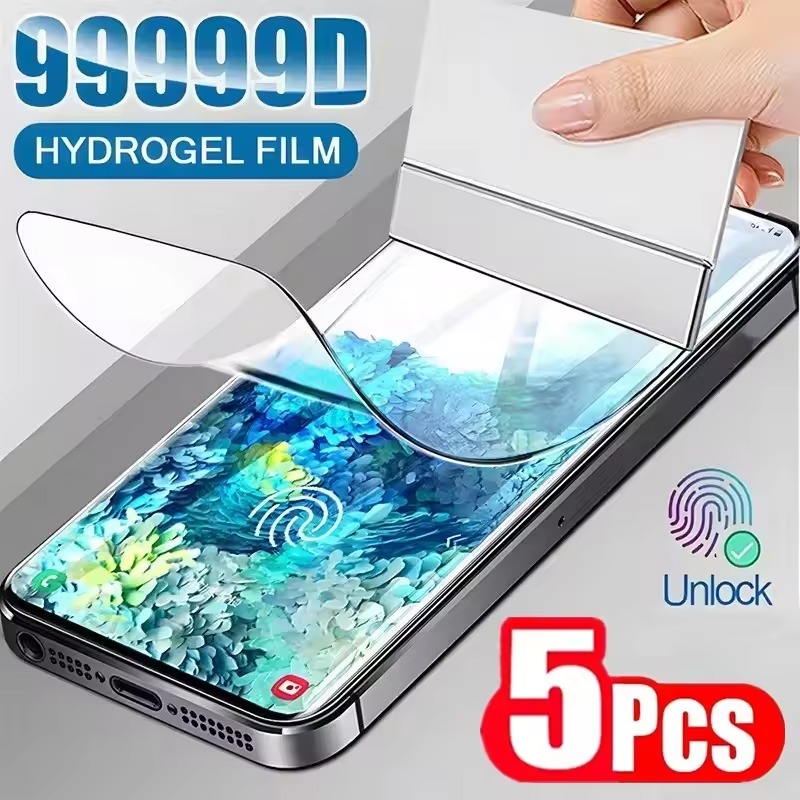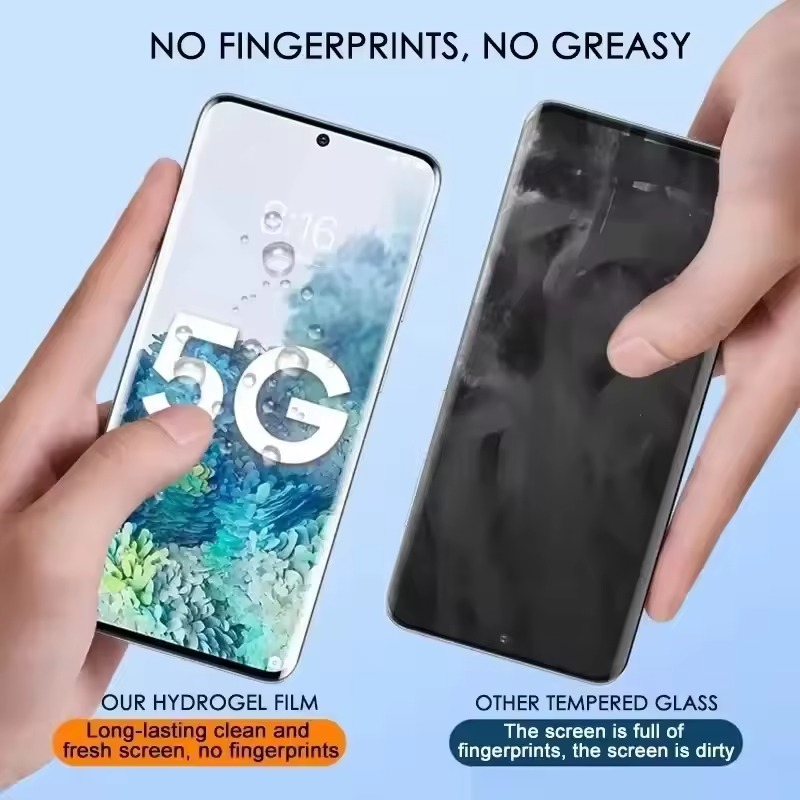Introduction to Reapplying Screen Protectors
Today, our smartphones are an extension of ourselves, and keeping their screens intact is crucial. But what happens when the first line of defense, the screen protectors, starts to fail? It might lose its stickiness, and you notice it peeling at the edges. Fortunately, you don’t have to rush out to buy a new one immediately. There are ways to reapply the current screen protector and restore its stickiness, ensuring further protection for your phone’s screen.
Reapplying a screen protectors requires precision, patience, and the right technique to avoid air bubbles and dust from getting trapped underneath. Common methods include the warm water technique or the use of packaging tape, both of which are affordable fixes before resorting to a replacement. Each method has its steps, and it’s essential to follow them to ensure the screen protector adheres well.
The adhesion of screen protectors can weaken over time due to factors such as dust accumulation, improper application, and the quality of the adhesive itself. By understanding how to properly clean and reapply your screen protectors, you can extend its life and maintain the clarity and safety of your device’s screen.
In this blog, we will discuss not only how to make a screen protector sticky again but also when it might be time to replace it. Whether you’re a tech enthusiast or just trying to keep your phone looking new, the upcoming sections will guide you toward ensuring long-term protection for your smartphone screen.

The Warm Water Technique for Restoring Stickiness
If your screen protector has lost its grip, don’t worry. The warm water technique is a simple solution to make your screen protector sticky again. It involves cleaning both your phone screen and the protector with warm water. Let’s dive into the steps for this method:
- Choose a Dust-Free Environment: Start in a place with minimal dust. A steamy bathroom works well as steam can reduce dust in the air.
- Clean Your Phone’s Screen: Wipe the screen with a microfiber cloth. Make sure it’s free of dust and oils.
- Wash the Protector: Rinse the sticky side of the protector under warm water. Use mild soap if needed to remove any gunk.
- Dry Carefully: Use a hairdryer to dry the screen protector. Avoid a cloth to prevent removing the adhesive.
- Align and Apply: Line up the protector with your phone’s screen. Press it down softly but firmly.
- Eliminate Air Bubbles: Push any bubbles towards the edges. A gentle, consistent pressure works best.
- Wipe Away Excess: Clean off any residual adhesive from the protector’s edges.
Press the edges and corners well to ensure the protector sticks. Check the screen to make sure the protector stays in place. Remember, the warm water technique is a quick fix to reapply a screen protector that has lost its tackiness. However, this might not restore the stickiness entirely, depending on the age and quality of the adhesive. If issues persist, it may be time to consider a replacement.
Packaging Tape Method: Dust Removal and Reapplication
When your screen protector loses its stickiness, the packaging tape method is a great alternative. This approach focuses on thoroughly cleaning up any tiny dust particles that might prevent the screen protector from sticking. Here’s a step-by-step guide to this method:
- Select a Low-Dust Environment: Before you start, ensure the area is as dust-free as possible. Turn off any fans.
- Clean Surface: Use a microfiber cloth to wipe your phone screen. Remove all smudges and oils.
- Tape It Up: Stick clear packaging tape to both the phone and the sticky side of the protector. This will pick up dust.
- Remove Tape: Peel off the tape gently. By now, it should have lifted away the dust.
- Realign Protector: Carefully position the screen protectors back over your phone’s screen.
- Smooth Out Bubbles: Use a credit card or a similar flat object to gently push any air bubbles out to the sides.
- Optional Oil Application: If the screen protector still struggles to stick, a tiny bit of oil might help. But be sure to wipe it off well after.
Keep in mind that the packaging tape method is a temporary solution and may not work for heavily worn protectors. If your screen protector continues to lift off, it might be time to get a new one. This method is a handy trick to extend the life of a screen protector, one that can save you both time and money while keeping your device’s screen secure.

Factors Affecting Screen Protector Adhesion
Several factors can reduce how well your screen protector sticks to your phone’s screen. Understanding these elements can help you troubleshoot and fix adhesion issues effectively.
- Dirt and Oils: Your screen surface might have oils, dirt, or residues. These impurities can prevent the screen protectors from sticking correctly.
- Dust in the Environment: Dust particles in the air can settle on the screen during application. They can cause the protector to peel off or create bubbles.
- Age of the Adhesive: Over time, the sticky layer of your screen protector can degrade. This natural wear and tear reduce its effectiveness.
- Improper Initial Application: If not aligned properly initially, your screen protector may peel off easily. Mistakes during the initial application can decrease adhesion.
- Humidity and Temperature: High humidity or extreme temperatures can weaken the adhesive. This makes the screen protector less likely to stick.
To make your screen protector sticky again, ensure that the phone screen is clean and free from oils or dirt. Using the warm water technique or the packaging tape method are good strategies to improve adhesion. However, if these tips don’t work, it may be time to replace the screen protector.
Gentle Application and Pressure for Reattachment
When reattaching a screen protector, gentle application and even pressure are key. Here’s how to do it right:
- Start Clean: Ensure the phone’s screen is spotless. Use a microfiber cloth to remove all dirt.
- Place Gently: Align the screen protector carefully with the screen. Check for precise alignment.
- Apply Pressure: Press softly yet firmly across the protector’s surface. Start from the center and move outwards.
- Use a Tool: A credit card or a similar flat object helps spread consistent pressure. This avoids bubbles.
- Go Slow: Rushing might trap air or dust. Take your time to smooth it out.
Remember, the right amount of gentle pressure helps the screen protector adhere without damage. Too much force might crack the protector or create bubbles. Using these steps will help achieve a smooth, bubble-free installation.

Allowing Time for Screen Protectors to Set
Once you’ve reapplied your screen protector using either the warm water technique or the tape method, it’s important to give it time to set. Allowing the screen protector to properly adhere to your phone’s screen can make a huge difference in its longevity and performance. Here’s what you should remember:
- Avoid Immediate Use: After applying, don’t use your phone right away. Wait for a bit.
- Let It Rest: Leave the phone idle for a while. This helps the adhesive bond with the screen.
- Resist the Temptation to Adjust: If it’s not perfect, avoid the urge to keep touching it.
- Check for Bubbles: After some time, inspect for any remaining air pockets and press them out.
Giving your screen protector enough time to set can help it stick better and last longer. This step is crucial, as it ensures the protector is firmly attached, providing the best possible protection for your phone’s screen. If after this period the protector still doesn’t stick, it could be a sign that you need a new one. Remember to be patient; a well-set screen protector is key to maintaining your device’s pristine condition.
When to Replace Your Screen Protector
Knowing when to replace your screen protector is key to maintaining your smartphone’s screen health. Here are signs that it’s time to replace your protector with a new one:
- Persistent Bubbling: Persistent air bubbles indicate that the adhesive has failed.
- Peeling Edges: If edges keep lifting, the protector can’t guard the screen well.
- Deep Scratches: Deep scratches on the protector might affect screen visibility.
- Touch Sensitivity Issues: If touch responsiveness decreases, the adhesive may be wearing out.
- Discoloration or Cloudiness: A discolored or cloudy screen protector hinders screen clarity.
When you notice these issues, it’s time for a new protector. A fresh screen protector will ensure your phone’s screen stays secure and clear. Look for a quality protector and apply it in a dust-free environment to get the best results. Clean the screen well before application. Use the methods discussed in this blog to apply the new protector smoothly and ensure it sticks properly to the screen.
Replacing your screen protector in a timely manner is crucial. It ensures your phone stays in top condition and avoids costly screen repairs. Don’t wait until the damage is done. Keep a spare protector handy and switch it out as needed for the best protection.
Conclusion: Ensuring Long-Term Protection
Concluding our guide, to make a screen protector sticky again, you can use the warm water or the packaging tape methods outlined earlier. Start by cleaning your screen and the protector, apply them carefully, and give it time to set. If these steps don’t help, it might be time for a new screen protector.
Remember, keeping your phone’s screen safe is crucial, and a well-applied screen protector is an important line of defense. By following the steps provided, you not only extend the life of your current screen protectors but also maintain the high-quality visibility and responsiveness of your smartphone’s screen.
In the end, if the stickiness continues to fail, don’t hesitate to replace the protector. It’s a small investment that can save you from future costly screen repairs. Keep your device looking new and functioning well with a properly applied screen protector, and ensure your smartphone’s long-term protection.


